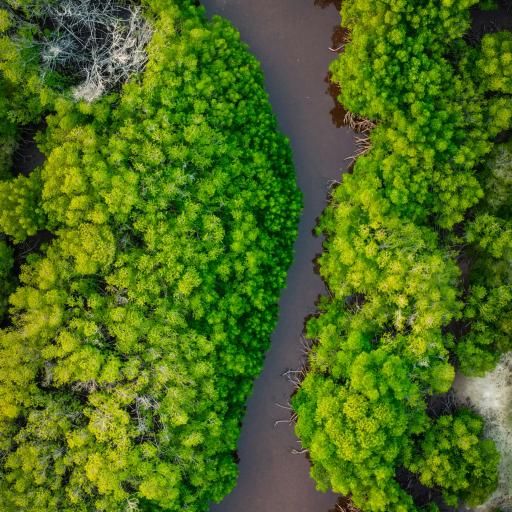
Amazonia exhibition at Quai Branly
Categories : Exhibition, published on : 10/19/25
When the Forest Speaks Again
Forget the postcard clichés — the tamed jaguars, the pan flutes, the misty greenery on repeat. At the Musée du Quai Branly, the Amazon finally steps out of the exotic frame in which the West had trapped it.
The exhibition “Amazônia – Indigenous Creations and Futures” challenges perceptions and brings contemporary art into dialogue with living heritage. It invites us to hear the forest differently — not as a backdrop, but as a vibrant entity, teeming with voices, beings, and memories.
A Plural, Living, and Resolutely Contemporary Amazonia
With curatorial direction shared between Leandro Varison and Amazonian artist Denilson Baniwa, the Musée du Quai Branly offers an insider’s vision of the Amazon, one nourished by the knowledge of Indigenous peoples and the collaboration of the Museum of Archaeology and Ethnology of São Paulo.
Here, more than 350 communities and over 300 languages echo one another: diversity is the norm, and modernity, a natural state.
Upon entering, visitors are greeted by a constellation of Iny-Karajá feather headdresses floating in space — a symbol of the deep trust woven between the museum and the Indigenous communities. Every plume, every hue speaks of connection and reciprocity.
Tradition or Contemporaneity? A False Debate
As the curators remind us: “Everything is modern, everything is contemporary.”
In this journey where funerary urns, shamanic masks, millennia-old ceramics, and multimedia installations coexist, the exhibition overturns the hierarchy between “artifact” and “work of art.”
The ritxoko clay dolls converse with the dreamlike photography of Paulo Desana, while Jaider Esbell’s installation “Carta ao velho mundo” (“Letter to the Old World”) bridges Indigenous cosmology and European conceptual art.
Beauty as Diplomacy
Through these works, a new diplomacy takes shape : one of relationships.
Amazonian peoples draw no line between humans and non-humans; they negotiate with plants, speak with rivers, and make pacts with spirits.
This philosophy infuses the paintings of Carlos Jacanamijoy, such as “El Collar de los abuelos” (2023) — a radiant celebration of ancestors and forests. Here, beauty is not mere aesthetics: it is a tool of resistance and harmony.
Rekindling a Dialogue
Among the highlights of the exhibition is the creation of a pariko feather diadem in October 2024 by five Boe-Bororo representatives. A symbolic gesture reconnecting with objects collected nearly a century ago by Claude and Dina Lévi-Strauss.
Far from being a museum relic, it marks the rebirth of a collaborative present — one where communities reclaim their narratives, their forms, and their knowledge.
A Forest of Meanings, a World in Transformation
“In Amazonian worlds, the central value is not productivity, but abundance,” the curators remind us.
Here, gardens blend into the forest, bodies become canvases, and myths are painted and sung.
The exhibition unveils a metaphysical and joyful Amazonia, where creation itself is an act of survival — each gesture sustaining the vitality of the world.
A Poetic Reconciliation Between Worlds
“Amazônia – Creations and Indigenous Futures” at the Musée du Quai Branly – Jacques Chirac is a poetic reconciliation between the visible and the invisible. It invites us to reconsider our place in the grand theater of the living — to understand that modernity is not a Western monopoly. Beneath the museum’s canopy, the forest watches us. And this time, it is our turn to listen.
Practical Information
Musée du Quai Branly – Jacques Chirac, Until January 18, 2026. Open Monday to Sunday, 10:30 a.m. to 7:00 p.m. (Thursday late opening until 10:00 p.m.)
Photo ©Mohmeed Nazeeh - Unsplash





